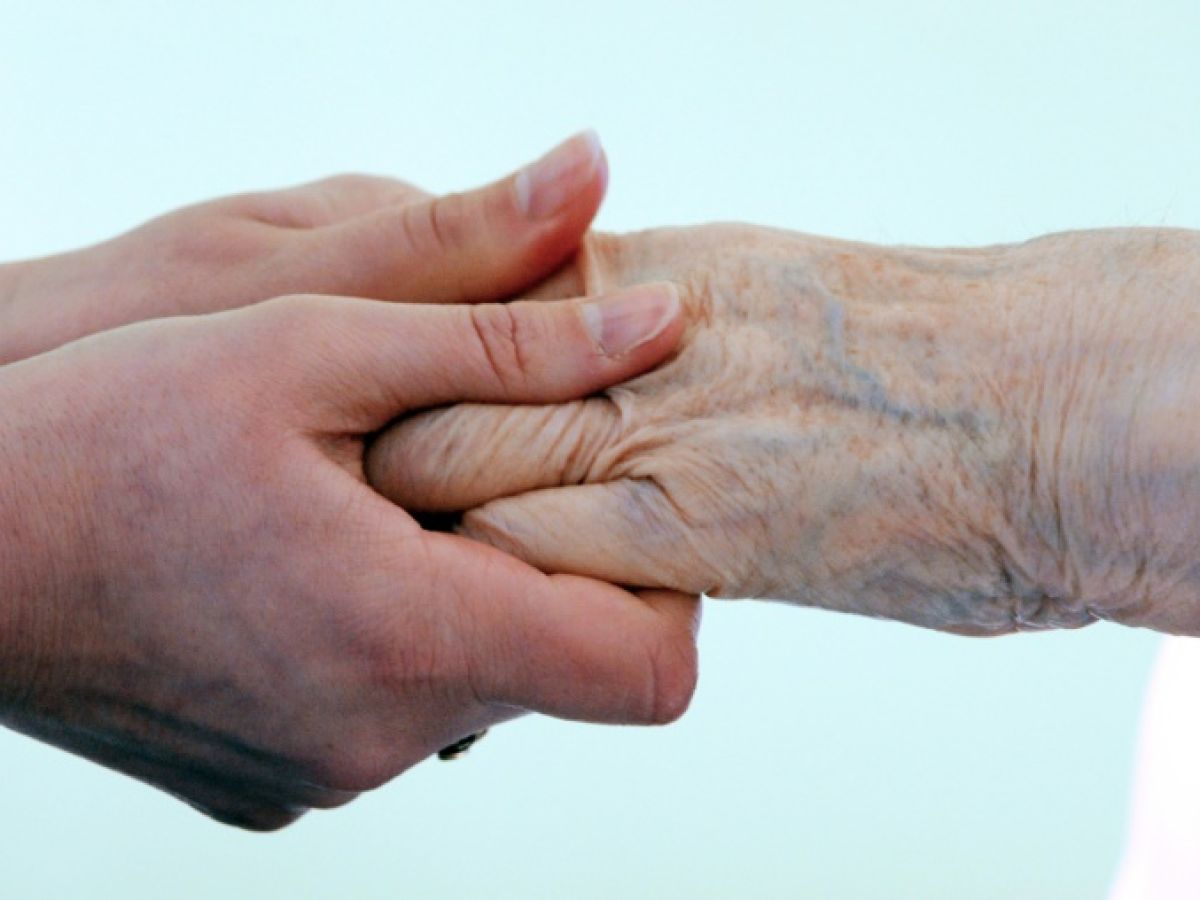It is a financial and social bomb whose spectre has been hovering for more than twenty years: the question of financing the dependency of the elderly has still not been resolved despite the expected explosion in the number of people concerned.
An overview of the issues surrounding the 80th anniversary of Social Security, a branch of which has been specifically dedicated, since 2021, to the loss of autonomy.
What are we talking about?
The observation is well known: France is aging. At the beginning of 2024, those over 60 represented more than one in four people (27.7%) compared to 19.6% in 1994. Those over 75 are expected to increase from 10.4% of the population to 16.4% in 2050, according to INSEE.
The number of elderly people experiencing loss of autonomy—needing assistance with dressing, washing, eating, moving, or experiencing impaired mental functioning—is following the same trajectory. Their number is expected to reach nearly 4 million by 2050, compared to just over 2 million in 2015.
What cost?
Currently, the cost of elderly dependency is estimated at 30 billion euros – or 1.4 percentage points of GDP – each year on average. More than three-quarters of this amount is financed by public authorities – notably the allowance for the elderly (Apa) – the remainder is borne by households.
With the growing number of elderly people, the overall cost is expected to unsurprisingly soar in the coming decades. According to a 2017 study by the Drees (French Department for Economic Affairs and Finance), public spending is expected to increase sharply by 2060, reaching 2.07 percentage points of GDP, and total spending would almost double, reaching 2.78 percentage points of GDP.
What are the options?
To finance this new trajectory, several ideas regularly come up: strengthening prevention, introducing a second solidarity day, an increase in the CSG or a contribution dedicated to loss of autonomy, making retirees "who can afford it" contribute, or even seven hours of unpaid additional work.
Individual financing options are also mentioned, such as the creation of a compulsory insurance contract or a mutualized life annuity system.
But so far, none of these have materialized. Only the fifth branch of Social Security, dedicated to loss of autonomy, has been established and operational since 2021, but it lacks sufficient resources.
Why is it slipping?
This funding reform is nothing new: it was successively promised by Nicolas Sarkozy, François Hollande, and Emmanuel Macron—but never implemented. And for good reason: "these are eminently political decisions," notes Ilona Delouette, a health economics researcher at IMT Nord Europe.
"The social security contribution, or the CSG point, is the largest tax base, so it's what would bring in the most," she emphasizes. "But it's a total taboo."
The creation of a contribution dedicated to loss of autonomy has "the advantage of being simple and clear" but has "the disadvantage of increasing social security contributions on earned income and pensions alone", noted the Economic, Social and Environmental Council (CESE) in 2024.
What consequences?
Time is running out: the current trajectory "will not allow our country to face its responsibilities," warned Jean-René Lecerf, president of the National Solidarity Fund for Autonomy, at the end of 2024.
"We are pursuing an interesting and responsible policy, but it is a policy that I would describe as being one of continual change, as if the storm of our aging population, now but even more so from 2030, did not exist," he added.
If nothing is done, the consequences could potentially be serious, especially for households whose remaining costs would increase considerably, warn specialists.
In the absence of revaluation of professionals, the sector is also likely to quickly face a shortage of qualified labor, which will in turn degrade the quality of support for dependent people.
The burden is also expected to increase on caregivers, a level of exhaustion that could ultimately impact the country's productivity.

